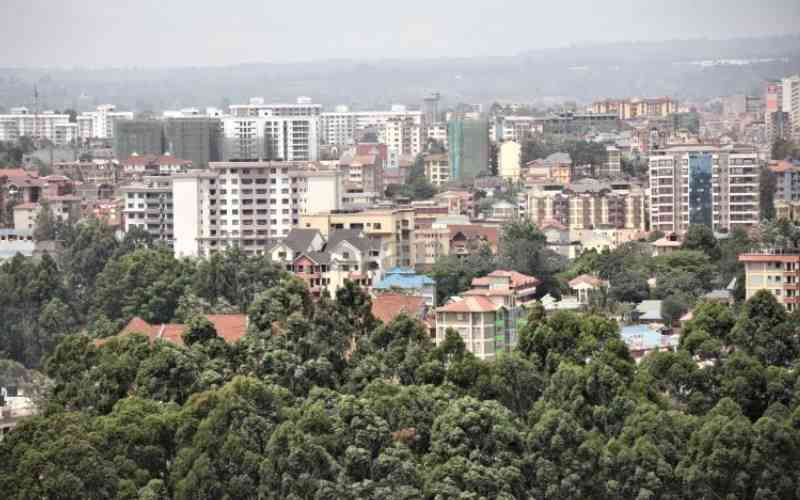The perennial floods experienced across the country, especially in towns, reveal the negative impact of corrupt practices in land acquisition and societal development.
Land grabs on riparian areas is not a strange phenomenon in Kenya, yet the vice can be stopped by strictly enforcing the law backed by political goodwill.
In simple terms, riparian land is situated on the bank of a river or wetlands. These are lands adjacent to a river, stream, dam, lake, etc. Based on different interests, people may have their own interpretation of the coverage area of a riparian area. However, to ensure that riparian areas are safeguarded as a buffer zone for conservation and protection of ecologically sensitive areas, a legislative framework has been provided to ensure that an appropriate distance is maintained between a river bank / stream and any nearby physical development.
The required minimum distance for instance, is six metres with a maximum distance of 30 metres from the highest water mark on either side of a river bank or stream. The actual distance is based on the width of the river or stream and the water volume at any given time.
In property development, environmental and engineering experts are required to be conversant with flood event patterns (and to some extent, recurrence intervals) and act professionally when considering structural design applications that are presented for approval, especially for buildings within or close to riparian zones. Certainly, return cycles of floods vary in magnitude and intensity, for instance, a 20-year flood return cycle will have much more impact in a riparian area compared to a five-year flood return cycle.
Unfortunately, some developers (with or without the knowledge of relevant regulatory authorities) choose to ignore the dangers of flood return cycles and proceed to put up structures either within a riparian zone or too close to such areas.
The recent flooding and collapse of buildings in Nairobi County raises questions on how such buildings were constructed and how relevant authorities approved the architectural and structural designs. Were the approvals signed by a registered practitioner?
Good practice dictates that architects, engineers, environmental practitioners and relevant regulatory authorities should have a code of practice that ensures human life is safeguarded during construction and post-construction phases of buildings. Property owners may have the right to acquire property of any description, but that does not mean that a property owner’s right to construct a building should supersede the right to life of the occupants of the building.
It startles to imagine that the relevant regulatory authorities cannot prevent a potentially dangerous building from being constructed. It’s even more worrying to imagine that relevant regulatory authorities can be handicapped in preventing tenants from occupying buildings marked as unsafe, especially if the foreseeable hazards are potentially fatal in nature.
Over 200 buildings have been condemned as unsafe in Nairobi and marked for demolition. Actualising the demolition of such buildings may be a positive step towards preventing recurrence of similar calamities in future and help to safeguard human life. Whether or not such action will be taken is a matter of great public interest.
 The Standard Group Plc is a multi-media organization with investments in media
platforms spanning newspaper print operations, television, radio broadcasting,
digital and online services. The Standard Group is recognized as a leading
multi-media house in Kenya with a key influence in matters of national and
international interest.
The Standard Group Plc is a multi-media organization with investments in media
platforms spanning newspaper print operations, television, radio broadcasting,
digital and online services. The Standard Group is recognized as a leading
multi-media house in Kenya with a key influence in matters of national and
international interest.
 The Standard Group Plc is a multi-media organization with investments in media
platforms spanning newspaper print operations, television, radio broadcasting,
digital and online services. The Standard Group is recognized as a leading
multi-media house in Kenya with a key influence in matters of national and
international interest.
The Standard Group Plc is a multi-media organization with investments in media
platforms spanning newspaper print operations, television, radio broadcasting,
digital and online services. The Standard Group is recognized as a leading
multi-media house in Kenya with a key influence in matters of national and
international interest.









